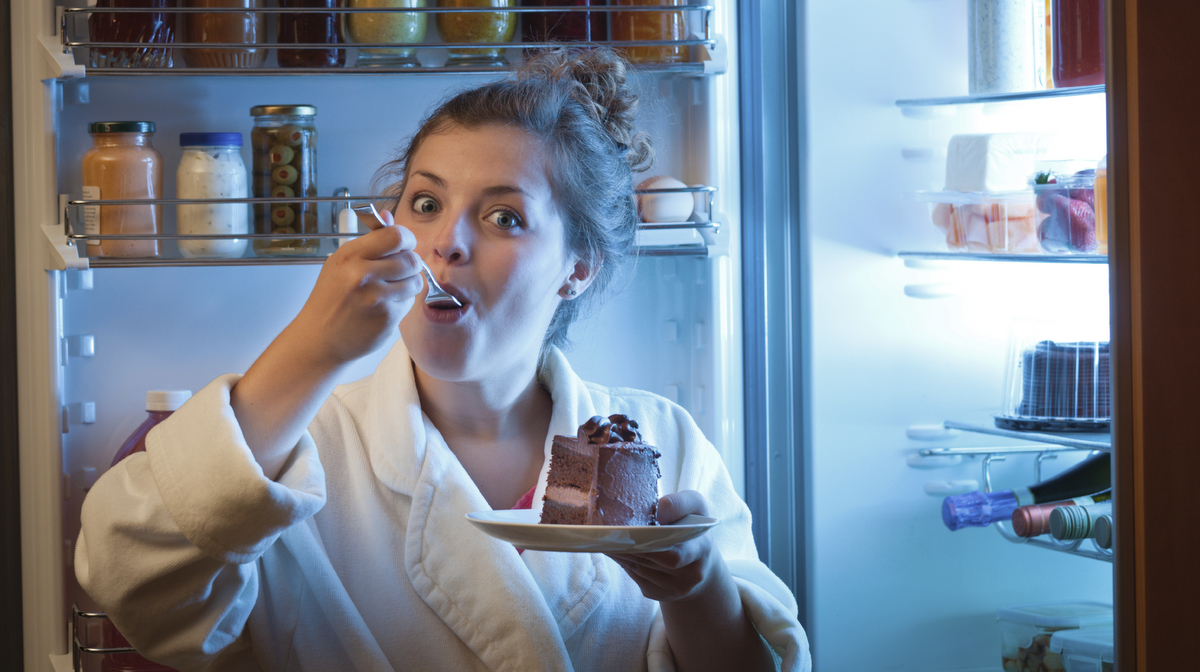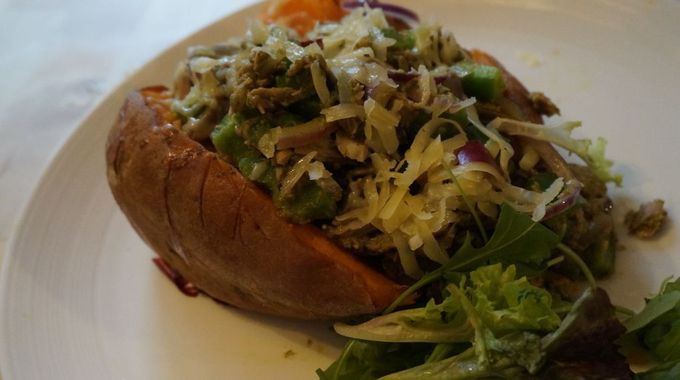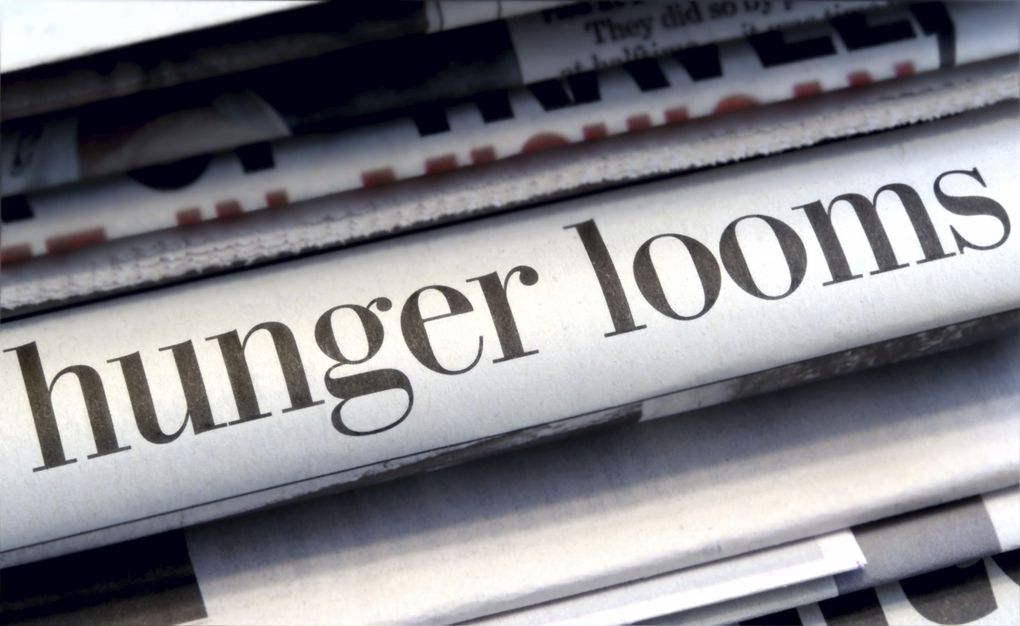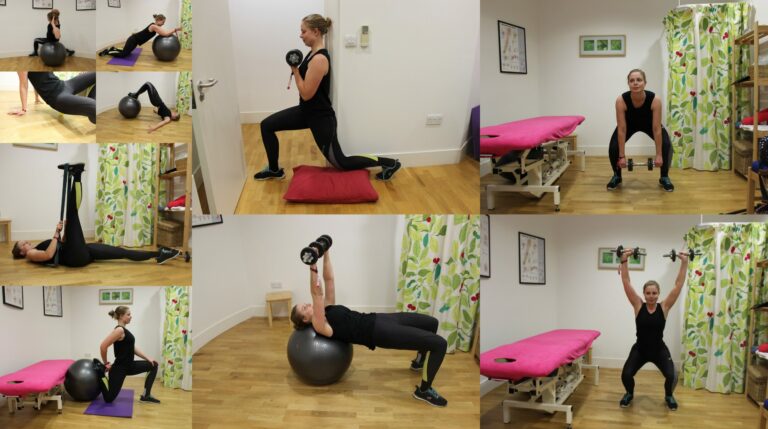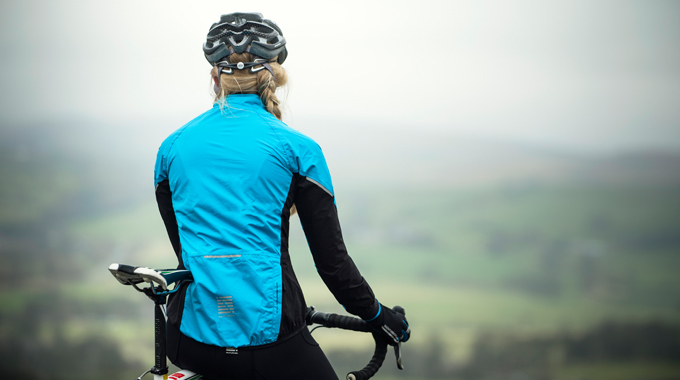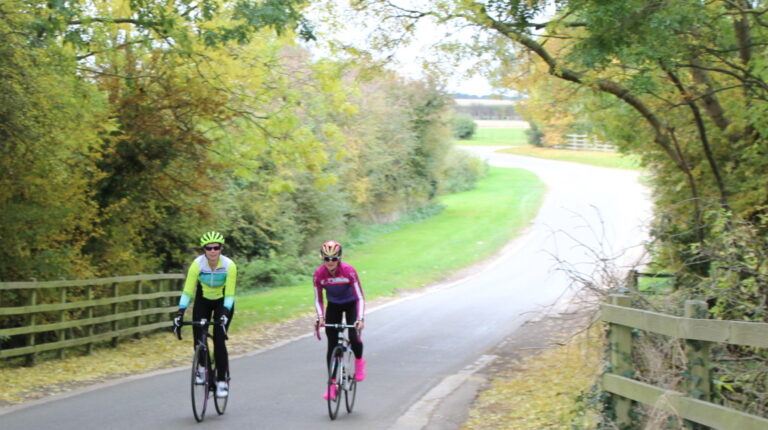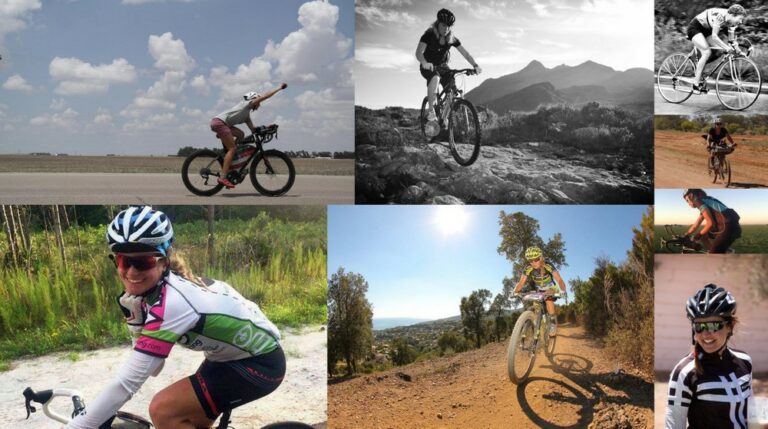Oh dear – we’ve all been there. You’re training for an event, and trying to maintain a competitive weight, or perhaps attempting to lose a couple of pounds before that super hilly sportive. You go out training, and return with the best intentions to recover with healthy, protein heavy foods. And then you eat everything in the fridge.
We spoke to Charlotte Kennedy, a sports nutritionist at Etixx, to get her advice on how to avoid that bloated ‘oops’ moment…
Should you be looking to replace the calories burned on a ride straight after it?
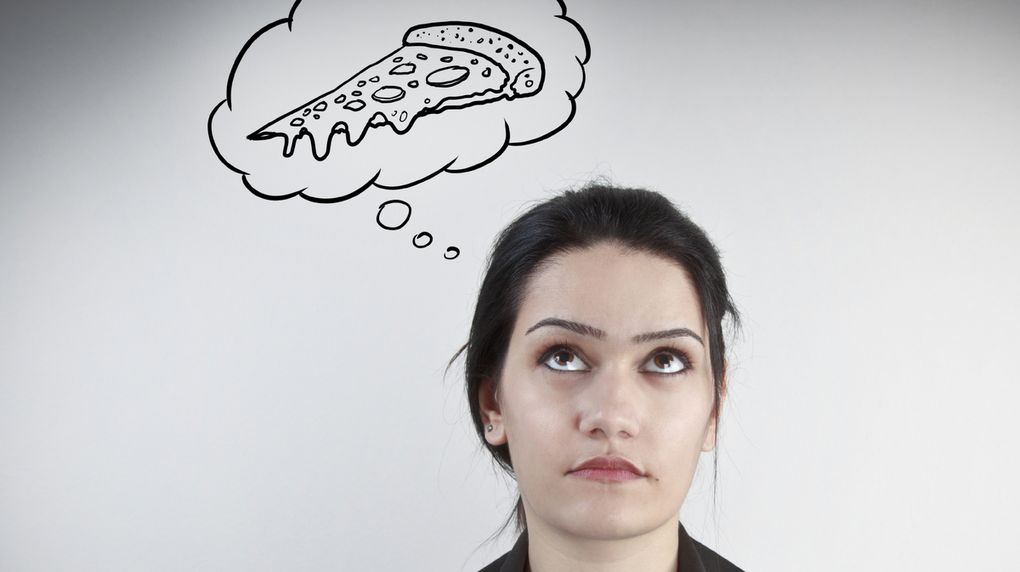
When you’ve been out on a long ride, you would have burned a lot of calories and therefore you don’t need to worry about trying to replace all the calories straight away. Eating that much in one go will likely make you feel sick and bloated!
Full recovery can take place over many hours following your session. Find out what works for you- some people will much prefer eating lots of small meals rather than main meals. Remember that after really long and intense rides, recovery can sometimes take a couple of days.

